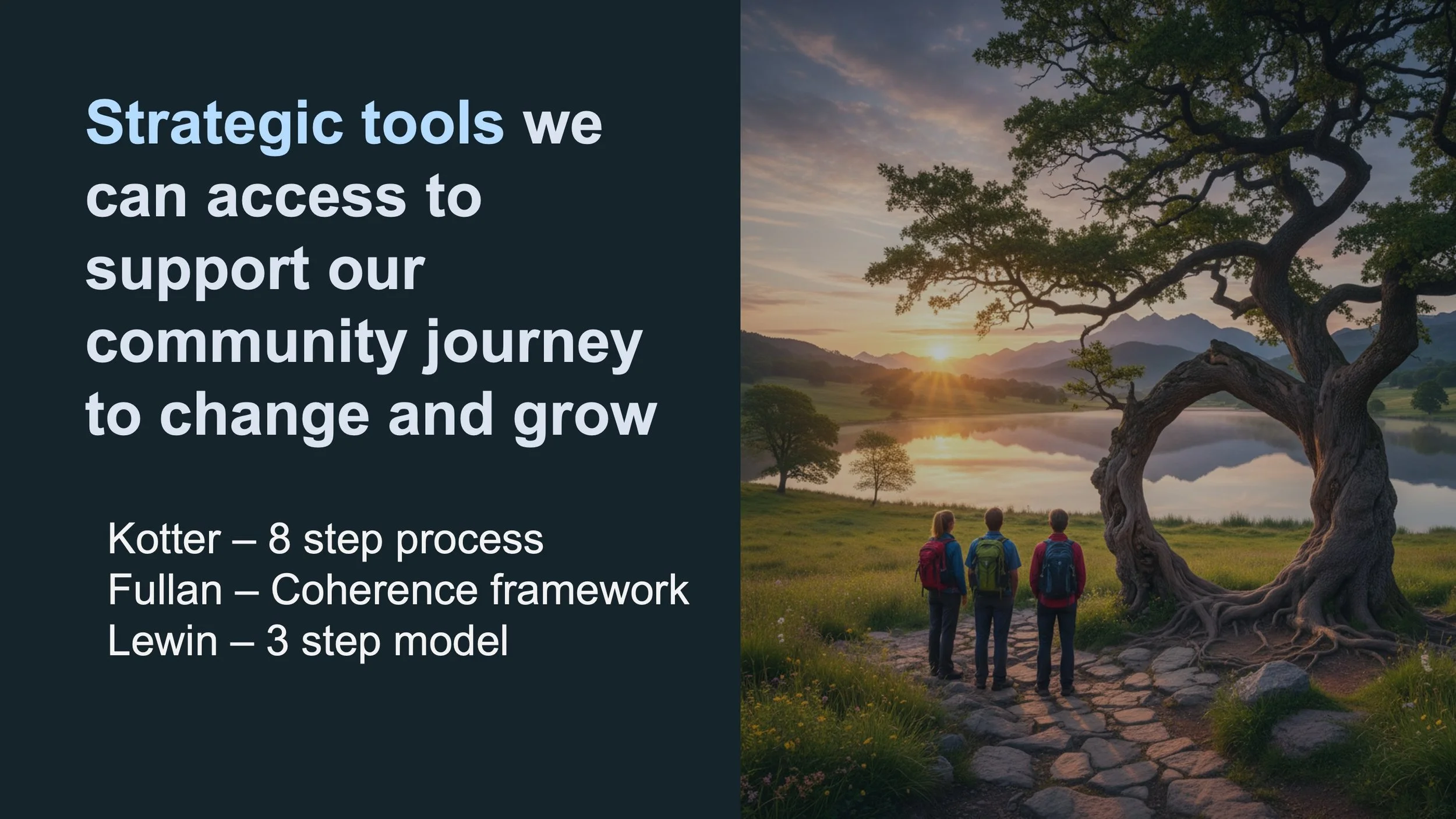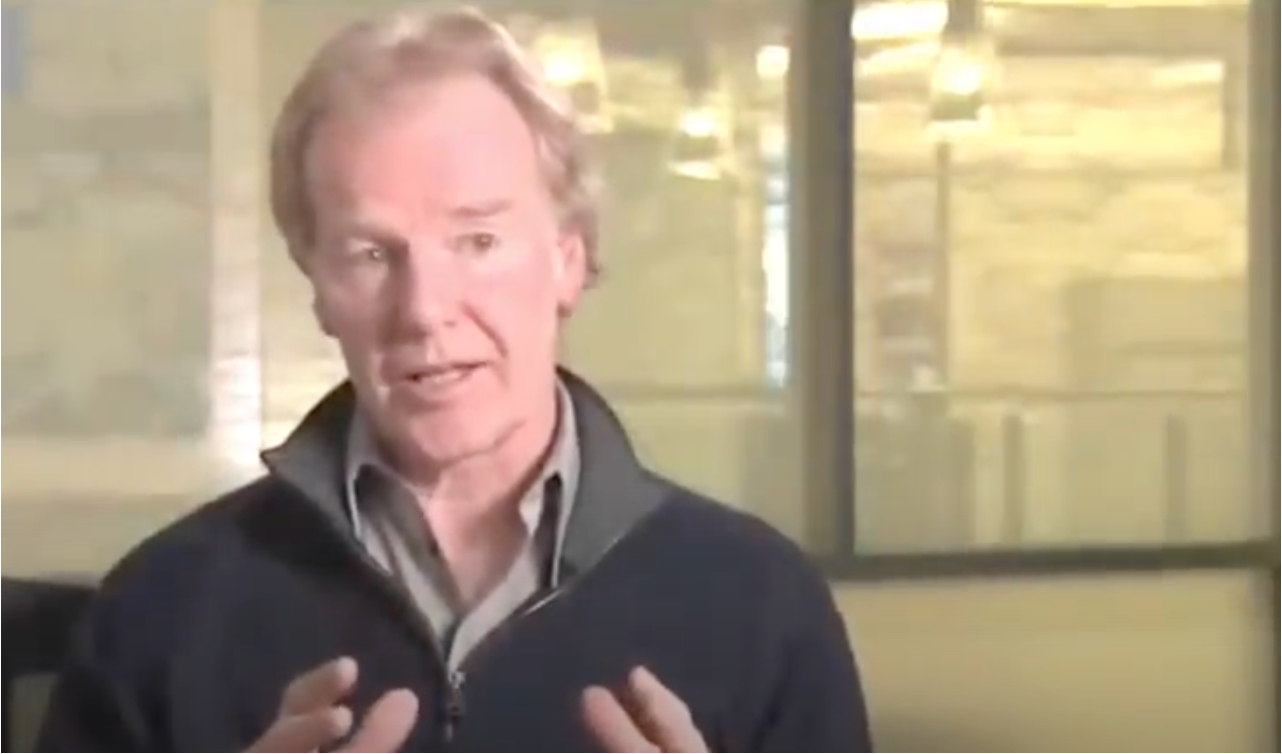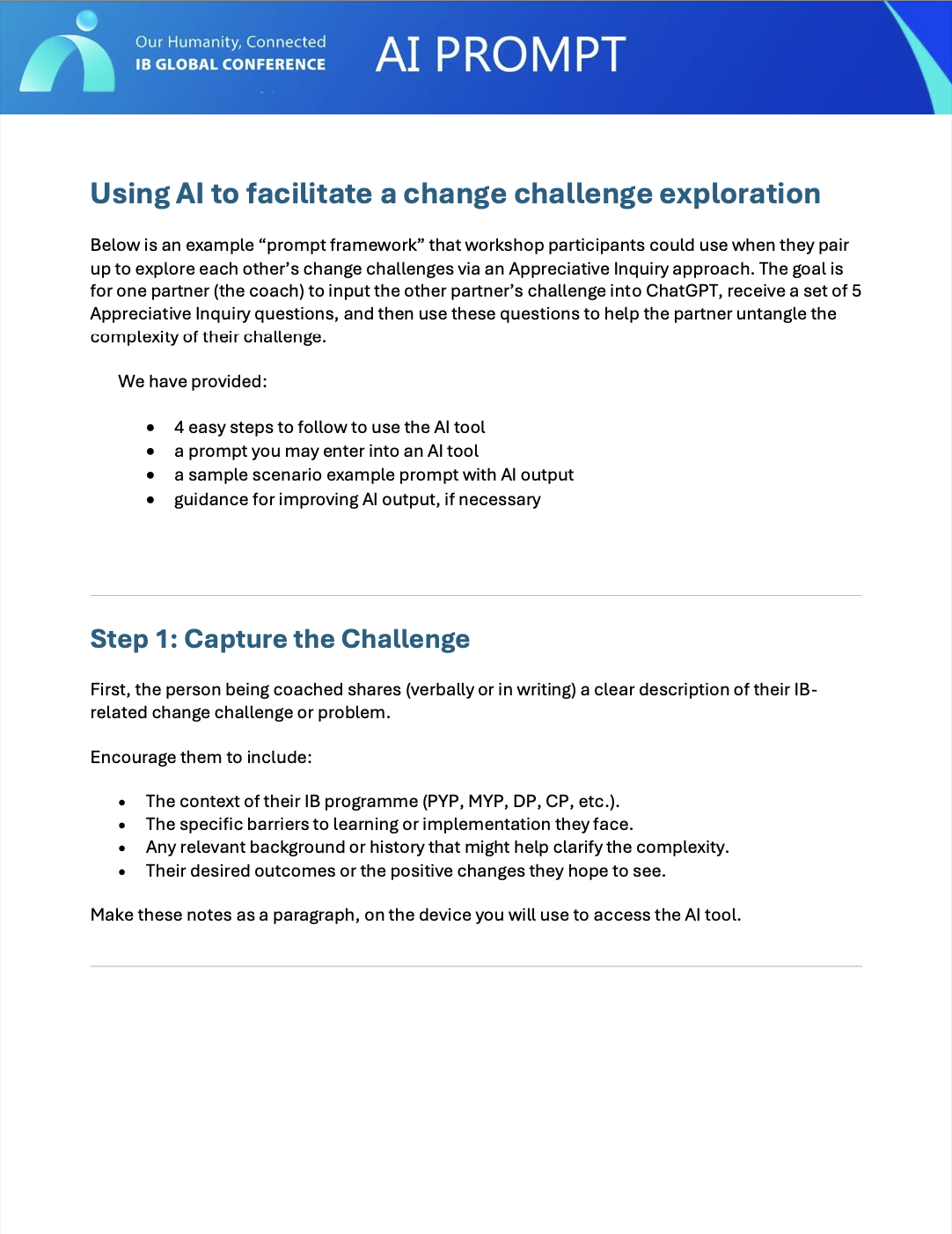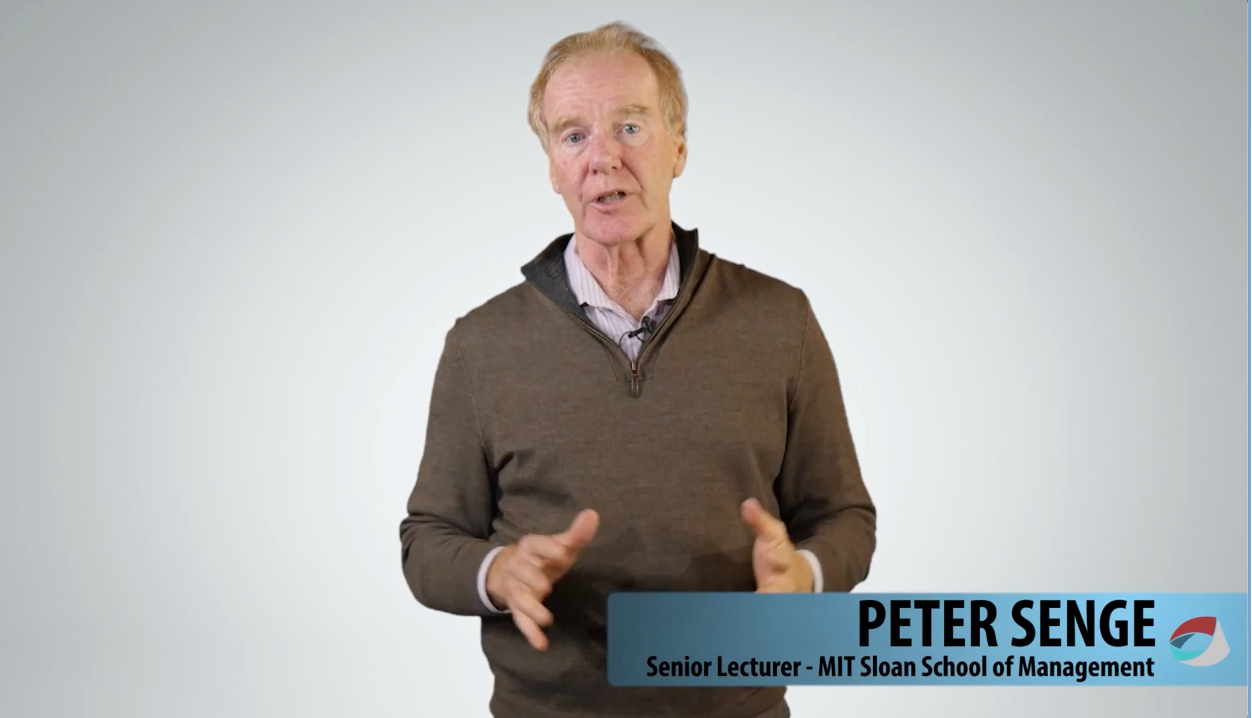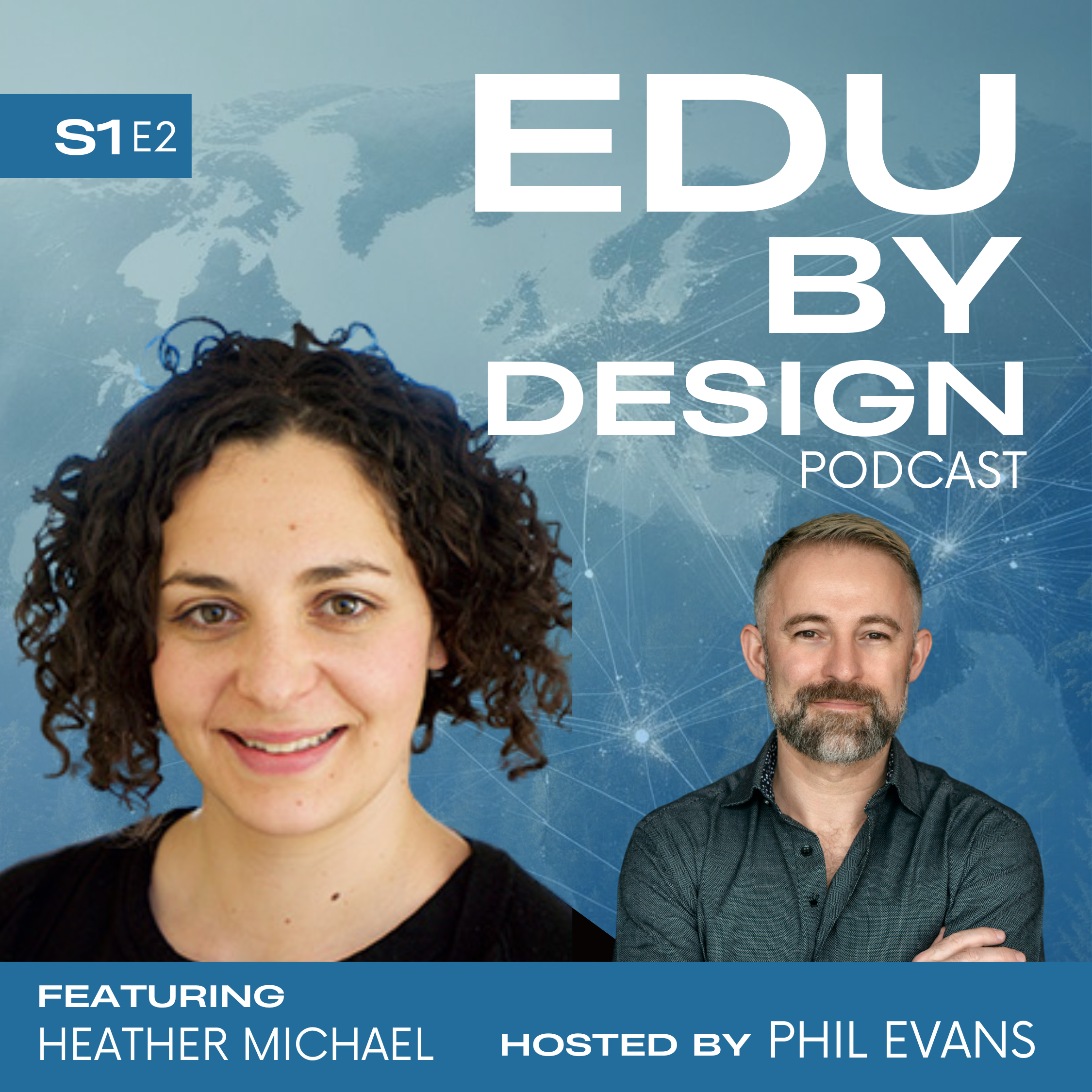
Building Foundations for
Community-led Change
Schoolwide IB Networking Session One
Click image to download
Case study
What are the complexities regarding change and school improvement?
Click on the image to download the School Case Study (.pdf)
How to use this case study to explore change challenges, in context:
You might like to review the case study tool individually, or in a community context. What stands out as a significant opportunity for improvement? Where do you identify with some of the challenges and how do you differ. If you were to write your reflections down, you might begin to form an outline of some key areas in your own school, that might be worth addressing. How might you also frame these as questions or statements of inquiry?
Please note that this case study is not based on a specific school. It has been constructed from insights shared by many schools.
CLICK IMAGE TO DOWNLOAD
Click image to download
Three Change Model Frameworks Snapshot
We have summarized the three change models on these slide cards, for a high-level exploration.
Lewin’s 3 Step Model for Change
Full Article
Preparing Schools for Educational Change: Barriers and Supports – A Systematic Literature Review (.pdf)
Link to this article: https://doi.org/10.1080/15700763.2023.2171439
Kotter’s 8 Step Process for Leading Change
Which of these change models do you gravitate to?
What are some of the ideas you could leverage?
How does learning about the theory of change inform the change challenge you are thinking about?
Fullan’s Framework for Educational Change
Higher leverage approaches are uncovered through a commitment to deep and persistent learning.
Peter Senge encourages us to think of our school communities as learning organizations in ways that:
Decentralize decision-making
Encourage experimental thinking
Sustain systemic transformation
VIDEO: Peter Senge, Introduction to organizational Learning (YouTube)
Click image to download (.pdf)
Using AI to facilitate a change challenge exploration
Download our AI prompt framework (.pdf) to use in your peer-to-peer coaching experience. The goal is for one partner (the coach) to input the other partner’s challenge into ChatGPT, receive a set of 5 Appreciative Inquiry questions, and then use these questions to help the partner untangle the complexity of their challenge.
We have provided:
4 easy steps to follow to use the AI tool
a prompt you may enter into an AI tool
a sample scenario example prompt with AI output
guidance for improving AI output, if necessary
Try this custom agent (may require log-in for access)
Further reading & resources
Cohen, D. K., Peurach, D. J., Glazer, J. L., Gates, K. E., & Goldin, S. P. (2013). Improvement by design: The promise of better schools. The University of Chicago Press.
Click to view this full resource
Excerpt for download (.pdf)
Goodwin, B., Cameron, G., & Hein, H. (2015). Balanced leadership for powerful learning: Tools for achieving success in your school. ASCD.
Shared vision
Bringing people together around the things they care about. When is a shared vision realized? The when in this question is very important. Shared vision takes time to cultivate, and they consist of personal visions which are “the soil nutrients” of what make up a shared vision.
Peter Senge, Introduction to shared vision (YouTube)
IB research
Published articles about the IB
Brookings (2023) Transcending borders: The International Baccalaureate’s systemic approach to educating the whole person by Whitney Hegseth
Forbes (2025) IB’s ‘Approaches To Learning’ Are Essential For The AI Era by Scott White
Forbes Excerpt: “The IB program’s ATLs are a game-changer. Unlike traditional systems that focus on rote memorization and exam performance, ATLs emphasize “learning how to learn.” This framework equips students with transferable skills such as critical thinking, collaboration, communication, and self-management. These skills are not just academic; they are life skills that enable students to adapt, innovate, and thrive in any environment.”
Related Education By Design Podcast episodes
Rewriting the school story: How spaces and narratives shape school culture
Heather Michael’s groundbreaking application of spatial theory reveals why many learners view school as irrelevant—and how educators, principals, and district leaders can disrupt limiting narratives, redesign course‑selection processes, and create inclusive, student‑centered learning spaces. Heather shares practical steps to help every student construct and own an authentic academic story with research‑backed insights, real‑world examples, and fresh inspiration to cultivate belonging, relevance, and equitable access to rigorous learning in your school community.
Listen wherever you get your podcasts
Leading schools to change through a unified vision
As a long serving principal of Dobbs Ferry High School, Dr. John Falino talks about the transformative power of systems thinking in schools. We explore practical strategies to empower teachers through shared vision, teacher agency, and systematic design to collaboratively raise expectations and engagement for all students. Learn how to build a culture of equity, align professional development with real outcomes, and create inclusive pathways that allow every learner to thrive.
Listen wherever you get your podcasts
Improvement by Design: Rethinking How Schools Change
Why do so many education reforms fall short of their promise? Dr. Joshua Glazer of George Washington University unpacks what it really takes to improve schools — not through shortcuts or silver bullets, but through the slow, steady work of building coherent, community-anchored systems.
Drawing on years of research into reform efforts, Josh explains why lasting change demands more than test scores or talent pipelines. It requires trust. Context. And above all, the capacity to learn over time.



